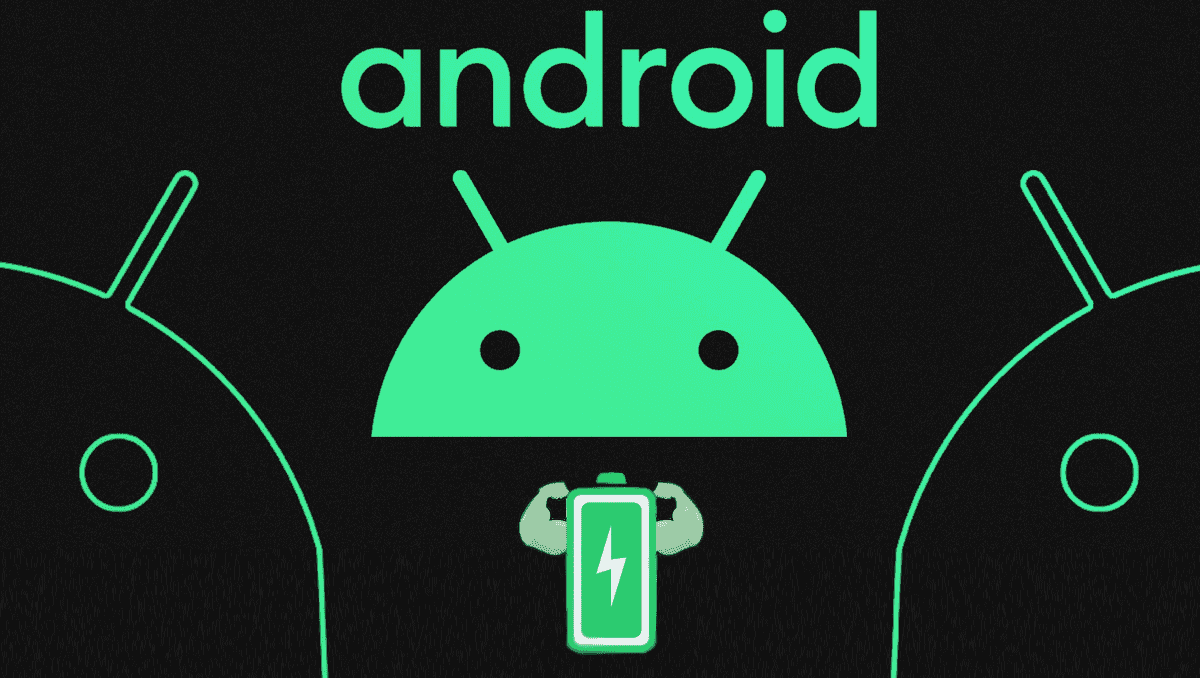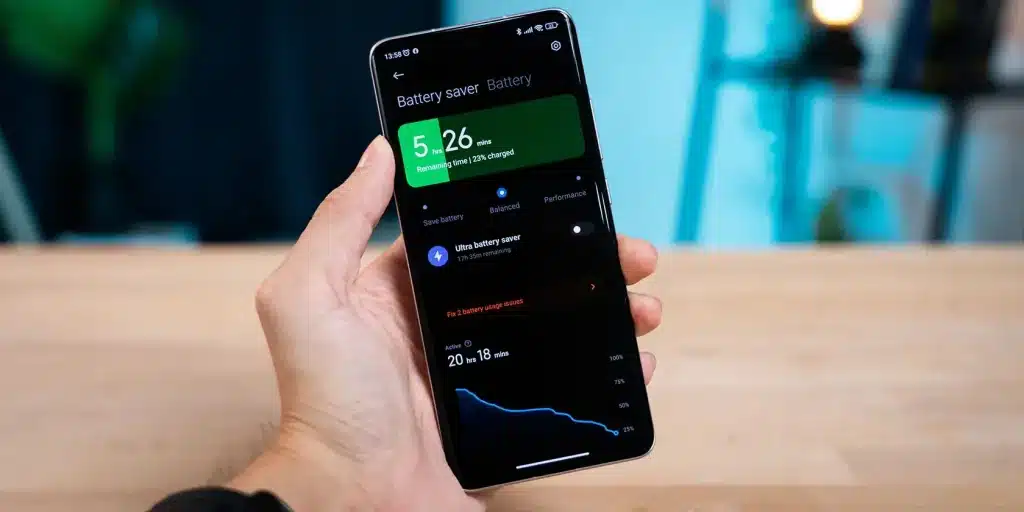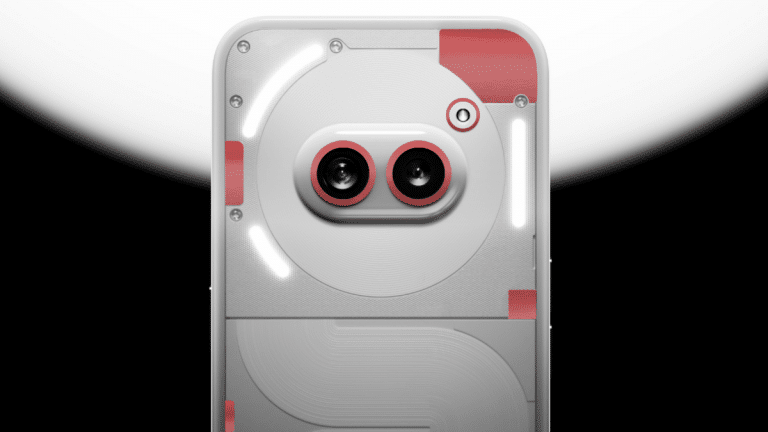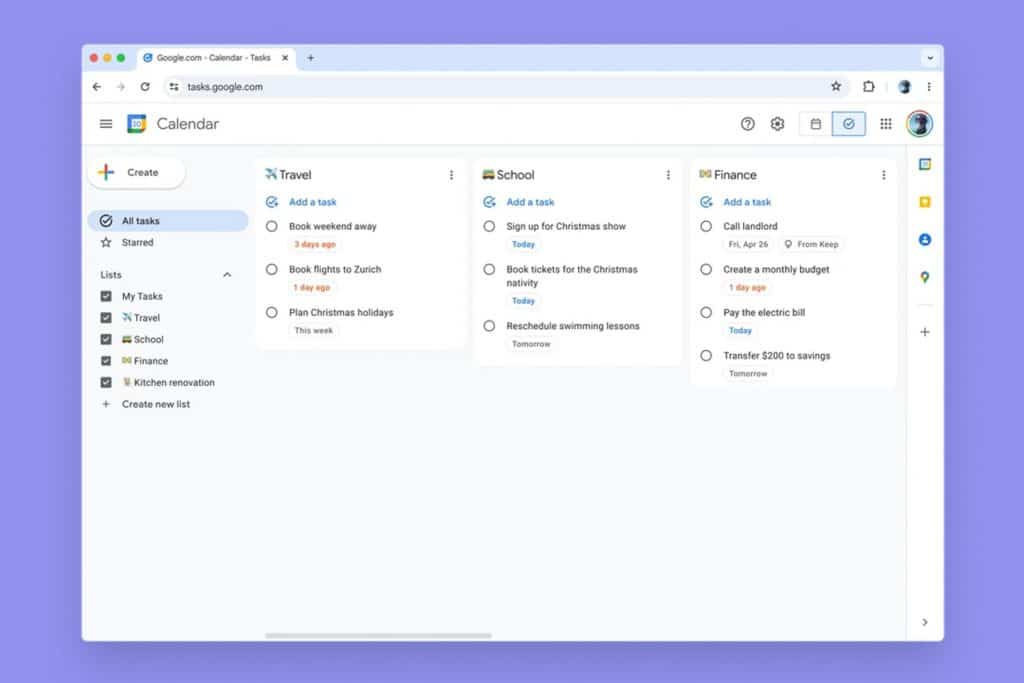In the age of constant connectivity, our smartphones have become an extension of ourselves. But as with any well-worn companion, a smartphone’s battery life can diminish over time. This can be frustrating, leaving you scrambling for a charger just as you’re about to capture that perfect moment or navigate a new city. Fear not, fellow phone warriors! A process called battery recalibration can help your device rediscover its full potential.
Conquering the Drop: Recalibrating Your Smartphone Battery for Optimal Performance
Understanding the Battery Beast: Why Recalibration Matters
Imagine your phone’s battery life as a map. Over time, discrepancies can develop between the map (the battery indicator) and the territory (the actual battery capacity). This can happen due to various factors like irregular charging habits, extreme temperatures, or natural battery degradation. Recalibration essentially resets this map, allowing your phone to accurately display remaining battery life.
Signs You Might Need Recalibration:
- Sudden shutdowns despite the battery indicator showing charge.
- Erratic battery drain, where the percentage drops rapidly.
- Inconsistent charging times, taking longer to reach 100%.
Important Note: Modern smartphones, especially those running the latest Android or iOS versions, often handle battery management quite well. Recalibration may not be necessary in all cases. If you suspect a hardware issue with your battery, like overheating or bulging, it’s best to consult a professional.
The Recalibration Ritual: A Step-by-Step Guide
While the specific steps might differ slightly depending on your phone model and operating system, here’s a general guide to recalibrating your smartphone battery:
The Classic Method (Android & iOS):
- Full Discharge: Use your phone normally until it completely shuts down due to low battery. Avoid plugging it in during this stage.
- Power Off Charge: Connect your phone to a charger while it’s powered off. Let it charge uninterrupted to 100%. Some recommend leaving it for an extra hour after reaching 100%.
- Reboot & Repeat: Turn on your phone and repeat steps 1 and 2 one or two more times for better accuracy.
Additional Tips:
- Use the Official Charger: This ensures a stable and optimal charging current.
- Calibrate in a Cool Environment: Avoid extreme heat during the process.
- Calibrate During Low Usage: Don’t interrupt the recalibration with heavy tasks.
Manufacturer-Specific Methods:
Certain phone manufacturers might have built-in functions for battery calibration. Consult your user manual or search online for specific instructions for your phone model. For instance, some Samsung Galaxy phones allow a hidden menu access through a code to initiate calibration.
Beyond Recalibration: Optimizing Battery Life for the Long Haul
Recalibration can be a helpful tool, but it’s just one piece of the battery optimization puzzle. Here are some additional practices to keep your phone juiced up for longer:
- Adjust Screen Brightness: Lowering screen brightness significantly reduces battery consumption.
- Disable Background Processes: Close unnecessary apps running in the background.
- Reduce Location Services: Enable location services only when needed.
- Turn Off Bluetooth & Wi-Fi When Not in Use: These features can drain battery even when not actively connected.
- Install Battery-Saving Apps: Several apps offer features to monitor battery usage and suggest optimization options.
- Update Your OS: Updates often include battery management improvements.
- Consider Replacing an Aging Battery: If your phone is a few years old, replacing the battery itself might be the best solution for long-term improvement.
The Battery Balancing Act: A Look at Modern Technologies
Battery technology is constantly evolving. Modern smartphones often come with built-in features that help maintain battery health and optimize charging cycles. These include:
- Lithium-ion Polymer (Li-Po) Batteries: These are the current industry standard, offering higher energy density and a slower degradation rate compared to older Lithium-ion (Li-ion) batteries.
- Adaptive Charging: This technology adjusts the charging current to reduce stress on the battery, especially during overnight charging.
- Battery Health Monitoring: Some phones display battery health statistics, allowing you to track its capacity over time.
Understanding these advancements can help you make informed decisions about your phone’s battery care.
By understanding the concepts behind battery calibration and implementing the practices outlined above, you can empower your smartphone to deliver optimal performance. Remember, a well-calibrated battery, coupled with smart charging habits, can significantly extend your phone’s lifespan and keep you connected for longer. So, the next time your phone threatens to die on you, consider this guide as your roadmap to battery revival!

Delving Deeper: The Science and Myths of Battery Recalibration
While the core steps of recalibration are straightforward, venturing deeper reveals a fascinating interplay between science and user perception. Let’s explore some additional aspects to consider:
The Science Behind Recalibration:
Modern smartphones rely on a complex system to estimate remaining battery life. This system monitors voltage levels and translates them into a percentage displayed on your screen. Over time, discrepancies can arise due to factors like:
Gizchina News of the week
- Battery Aging: As batteries undergo discharge and recharge cycles, their chemical composition changes slightly. This can affect the way they hold a charge and the voltage they produce.
- Temperature Fluctuations: Extreme heat or cold can temporarily alter the battery’s voltage output, leading to inaccurate readings.
- Software Bugs: Occasionally, software bugs in the operating system can misinterpret voltage data, resulting in a skewed battery indicator.
Recalibration essentially forces the phone’s battery management system to re-evaluate the relationship between voltage levels and actual remaining capacity. By fully discharging and then fully recharging the battery under controlled conditions, the system can establish a new baseline for accurate readings.
The Debunking: Myths and Misconceptions
While battery recalibration can be beneficial, it’s essential to dispel some common myths:
- Myth #1: Frequent Recalibration is Necessary: Modern smartphones are equipped with sophisticated battery management systems that often handle calibration automatically. Frequent manual recalibration might not be necessary and could even stress the battery.
- Myth #2: Calibration Fixes Hardware Issues: If your phone shuts down unexpectedly even after calibration, it could indicate a failing battery itself. In such cases, replacing the battery might be the only solution.
- Myth #3: Third-Party Apps Can Calibrate Batteries: Third-party apps claiming to calibrate batteries often lack the capability to directly interact with the phone’s low-level battery management system. Their effectiveness is debatable.
The Future of Battery Technology:
The quest for longer-lasting and more efficient batteries is an ongoing battle. Here are some promising advancements on the horizon:
- Solid-State Batteries: These next-generation batteries offer potentially faster charging times, higher energy density, and improved safety compared to Li-ion technology. While still under development, they hold immense promise for the future.
- Self-Healing Batteries: Researchers are exploring the possibility of batteries that can repair microscopic damage caused by charging cycles, potentially extending their lifespan significantly.
- Wireless Charging Advancements: Imagine a world where your phone charges seamlessly as you walk by a charging pad. Advancements in wireless charging technology aim to improve efficiency and convenience.
By staying informed about these developments, we can become more responsible battery users and contribute to a more sustainable future for our ever-reliant smartphones.
Advanced Tactics: Optimizing Your Recalibration Experience
Beyond the basic steps, here are some additional tips and tricks to get the most out of your phone’s battery recalibration:
Power User Techniques:
- Calibrate in Safe Mode: Booting your phone into safe mode temporarily disables third-party apps, ensuring they don’t interfere with the recalibration process (consult your user manual for safe mode instructions).
- Monitor Battery Stats: Many phones offer detailed battery usage statistics within the settings menu. Utilize this information to identify apps with high battery drain and adjust their settings accordingly after recalibration.
- Calibrate During Maintenance Cycles: When performing routine maintenance tasks like cleaning your phone’s charging port, consider including a recalibration cycle for a more comprehensive approach.
Addressing Specific Scenarios:
- Removable Batteries: If your phone has a removable battery, power it off completely before removing the battery. Then, wait a few minutes before putting it back in and charging the phone while off.
- Wireless Charging: While convenient, wireless charging can generate slightly more heat than wired charging. If heat is a concern during recalibration, consider using a wired charger for better temperature control.
- Calibrating During Travel: If you’re traveling and have limited access to outlets, plan your recalibration for a time when you can keep your phone plugged in for extended periods. Avoid recalibrating during travel days with heavy phone usage.
Maximizing Battery Lifespan:
- Partial Charges: Contrary to popular belief, topping up your battery throughout the day with shorter charging cycles can be less stressful on the battery compared to one full discharge and recharge cycle. However, avoid letting the battery drop below 20% too often.
- Night-Time Charging: If possible, plug your phone in to charge overnight. Many phones nowadays have built-in features that optimize charging specifically for overnight periods.
- Extreme Temperature Management: Avoid exposing your phone to extreme heat or cold, as this can damage the battery and reduce its lifespan.
Utilizing Third-Party Tools (Use with Caution):
While the effectiveness of third-party calibration apps is debatable, some offer additional features that can be helpful alongside the core recalibration process. These might include:
- Battery Health Monitoring: Some apps provide detailed statistics on battery health, including capacity degradation over time.
- Background App Management: These apps can help identify and restrict battery-draining background processes, complementing the benefits of recalibration.
Remember, using third-party apps comes with a degree of risk. It’s crucial to download apps from reputable sources and exercise caution when granting them permissions.
By incorporating these advanced tactics, you can transform your basic recalibration routine into a comprehensive battery optimization strategy, ensuring your phone stays powered up for longer.
Conclusion: A Calibrated Journey with a Bright Future
Battery recalibration, when used judiciously, can be a valuable tool in your smartphone optimization arsenal. However, a holistic approach that combines smart charging habits, an understanding of battery science, and an awareness of future advancements is key to maximizing your phone’s lifespan and minimizing environmental impact. So, embark on this calibrated journey with confidence, knowing that a world of technological progress is on the horizon, promising even better battery performance for the years to come.
Via: gizchina.com









